The 2023 Almond Almanac
December 2023. A comprehensive overview of California’s almond industry, including market data, sustainability, and research initiatives.
Read moreDecember 2023. A comprehensive overview of California’s almond industry, including market data, sustainability, and research initiatives.
Read moreDecember 2022: The latest edition of this annual publication contains a wealth of facts and figures on California almonds from the crop year 2021/2022. Areas covered include production, spanning acreage and varieties, as well as export shipment and market information.
Read moreDespite external pressures, from weather events to the Russia-Ukraine war, the almond industry recorded its second-largest crop and second largest shipments ever in crop year 2021/ 22.
Read moreRESILIENCE: The Whole Orchard Recycling Origin Story shows how the vision and determination of one individual – plant pathology graduate Brent Holtz – led to a new and sustainable solution to ag burning.
Read moreAwarded by The North American Pollinator Protection Campaign (NAPPC), the honor is reserved for businesses taking exceptional steps to protect bees and pollinators and to advance sustainability and innovation.
Read moreResearch from the University of California, Davis suggests that whole orchard recycling for California almonds, when old orchard trees are ground, chipped and turned back into the soil before new […]
Read moreThe Almond Board of California represents approximately 6,800 growers and 104 almond handlers. The Board traces its history back to 1950 when the Federal Marketing Order for almonds, which was primarily concerned with compliance and research, was established. The ten-member Board is elected and consists of five growers and five handlers.
The work of the Almond Board of California covers production, nutrition and market research, advertising and promotion in domestic and international markets, quality control and statistical analysis and market access/technical issues. When it comes to following sustainable agricultural practices, California Almond growers and handlers together are continuously challenging themselves to do more.
Read moreChristine Gemperle is a second-generation almond farmer and a hobbyist beekeeper. She and her brother Erich farm 16 hectares (40 acres) of almonds near Turlock in Stanislaus County, California and […]
Read moreThe Almond Board of California (ABC) is to invest $6.8 million in 75 independent research projects exploring next-generation farming practices including optimal use of everything almond orchards grow. In addition […]
Read moreThe relationship between almonds and bees is a story of symbiosis in environmental sustainability. Most people think about bees when they drop a spoonful of honey into their tea, but […]
Read more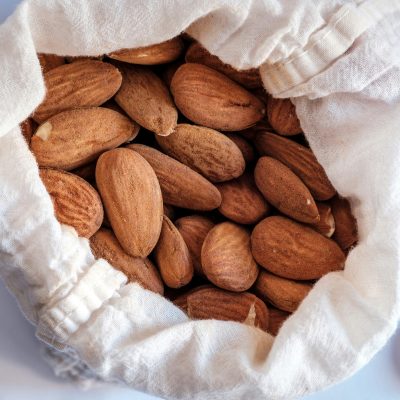
December 2023. A comprehensive overview of California’s almond industry, including market data, sustainability, and research initiatives.
Read more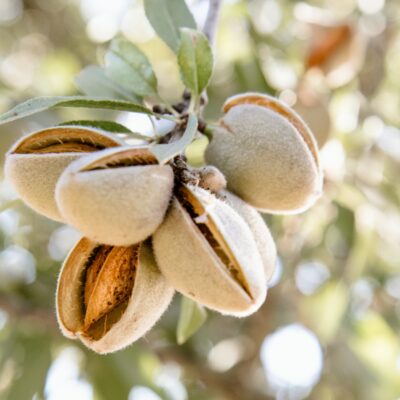
December 2022: The latest edition of this annual publication contains a wealth of facts and figures on California almonds from the crop year 2021/2022. Areas covered include production, spanning acreage and varieties, as well as export shipment and market information.
Read more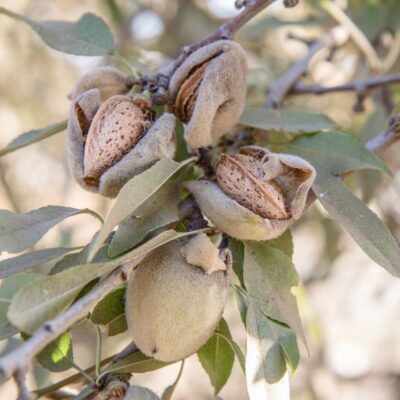
Despite external pressures, from weather events to the Russia-Ukraine war, the almond industry recorded its second-largest crop and second largest shipments ever in crop year 2021/ 22.
Read more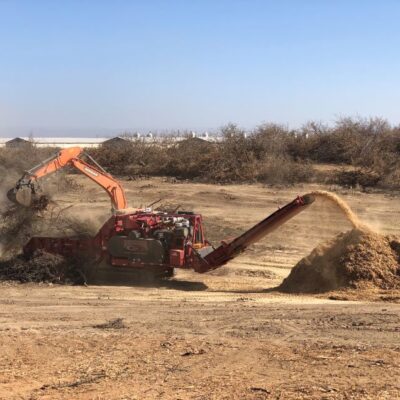
RESILIENCE: The Whole Orchard Recycling Origin Story shows how the vision and determination of one individual – plant pathology graduate Brent Holtz – led to a new and sustainable solution to ag burning.
Read more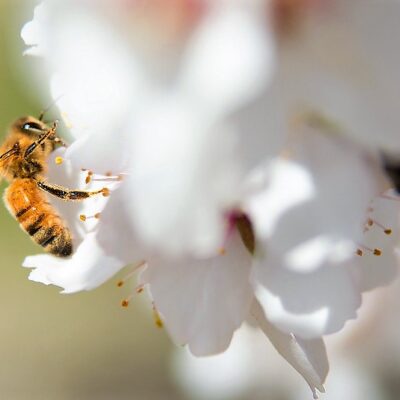
Awarded by The North American Pollinator Protection Campaign (NAPPC), the honor is reserved for businesses taking exceptional steps to protect bees and pollinators and to advance sustainability and innovation.
Read more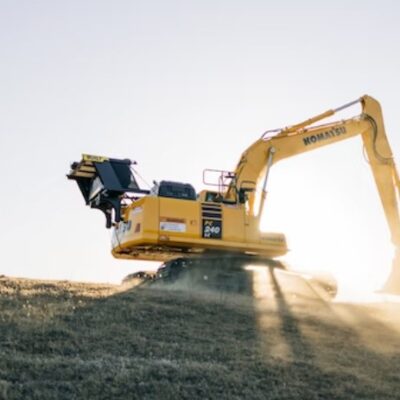
Research from the University of California, Davis suggests that whole orchard recycling for California almonds, when old orchard trees are ground, chipped and turned back into the soil before new […]
Read more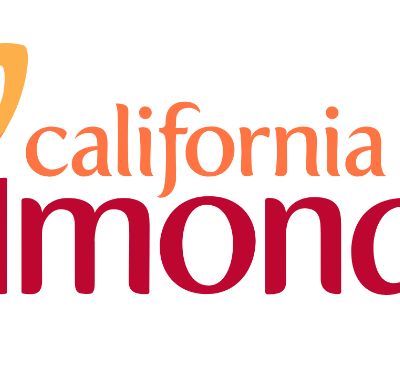
The Almond Board of California represents approximately 6,800 growers and 104 almond handlers. The Board traces its history back to 1950 when the Federal Marketing Order for almonds, which was primarily concerned with compliance and research, was established. The ten-member Board is elected and consists of five growers and five handlers. The work of the Almond Board of California covers production, nutrition and market research, advertising and promotion in domestic and international markets, quality control and statistical analysis and market access/technical issues. When it comes to following sustainable agricultural practices, California Almond growers and handlers together are continuously challenging themselves to do more.
Read more
Christine Gemperle is a second-generation almond farmer and a hobbyist beekeeper. She and her brother Erich farm 16 hectares (40 acres) of almonds near Turlock in Stanislaus County, California and […]
Read more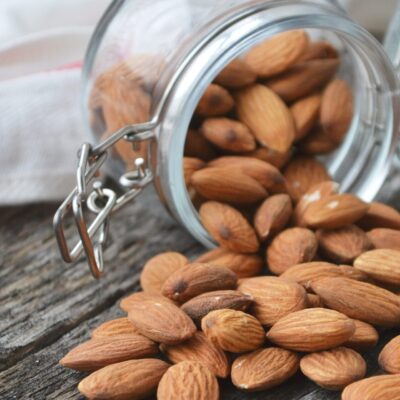
The Almond Board of California (ABC) is to invest $6.8 million in 75 independent research projects exploring next-generation farming practices including optimal use of everything almond orchards grow. In addition […]
Read more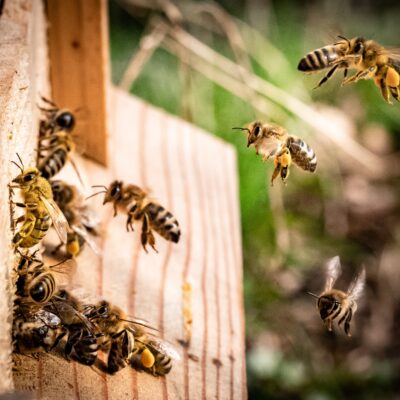
The relationship between almonds and bees is a story of symbiosis in environmental sustainability. Most people think about bees when they drop a spoonful of honey into their tea, but […]
Read more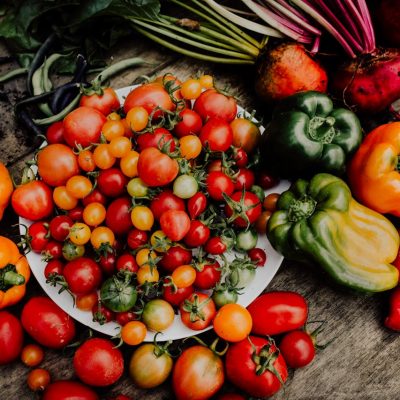
Farmers are under increasing pressure due to climate change, global conflicts, and trade disruptions. However, advances in plant breeding offer hope, writes Andy LaVigne, the President and CEO of the American Seed Trade Association (ASTA).
Read more
Tarik Eluri, sustainability manager at the U.S. Soybean Export Council (USSEC), a founding member of the U.S. Sustainability Alliance (USSA), recently discussed U.S. sustainable agriculture with Spain’s Fundación Antama – a non-profit that promotes new technologies for agrifood and the environment. The conversation focused on USSA’s mission and the U.S. soy industry, including the evolution of sustainability and the role of innovation.
Read more
In a landmark move, the U.S. Food and Drug Administration (FDA) has approved Bovaer® - a feed ingredient that reduces enteric methane emissions from dairy cows - for use in the United States. What are the implications?
Read more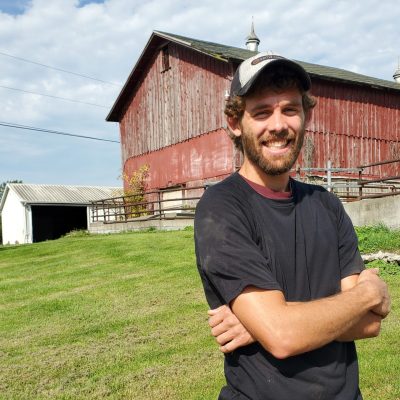
To mark National Dairy Month, we visit a New York dairy farm to look at some of the advances that have led to these improvements. Meet the Beck Brothers, the stars of a new TV documentary!
Read more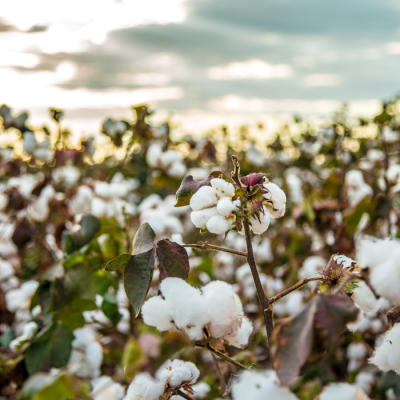
An update on the Trust Protocol over the past 12 months. The report covers grower participation and progress across key sustainability metrics, from resource efficiency to soil health
Download now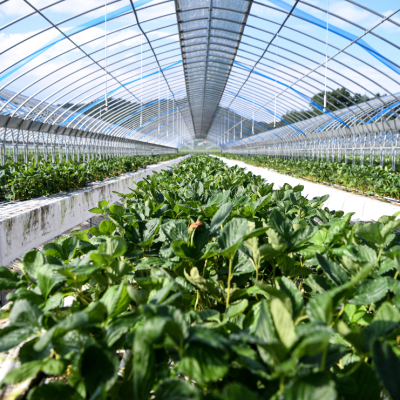
An update on the success of USDA’s Partnerships for Climate-Smart Commodities initiative, which aims to expand market opportunities for commodities produced using climate-smart practices
Download now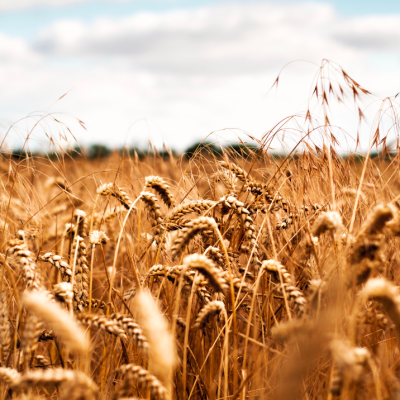
An analysis of trends in agricultural total factor productivity (TFP) - a measure of how efficiently agricultural resources and inputs are used to produce output. It includes key obstacles to TFP growth and effective solutions.
Download now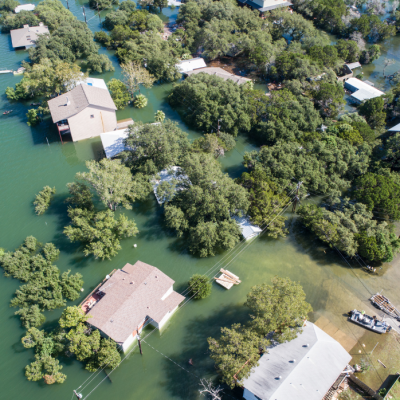
Climate Change Indicators in the United States, the fifth edition of a report first published by EPA in 2010, examines the ongoing impact of climate change on the United States. It provides insights into the scale and significance of these changes and their potential consequences for people, the environment, and society.
Download now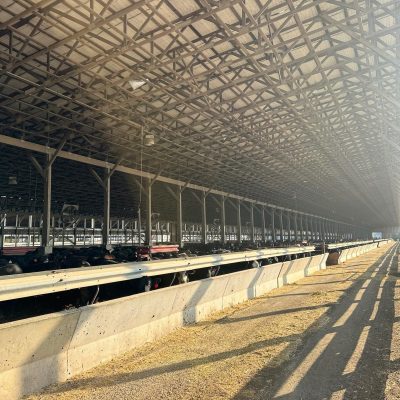
Sievers Family Farms in Iowa is one of a growing number of farms using manure-based anaerobic digesters. These digesters convert farm waste into valuable byproducts, such as renewable electricity and fertilizer, while reducing greenhouse gas emissions.
Read more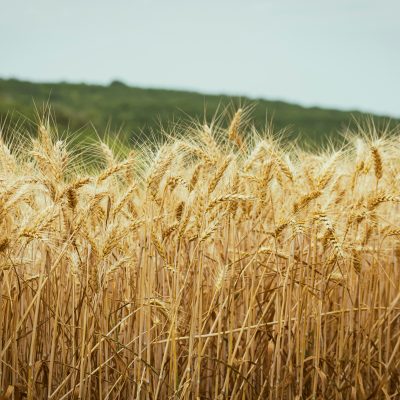
In this issue, we share the findings of the 2024 Global Agricultural Productivity Report (The GAP Report) by Virginia Tech. The report warns of sluggish productivity growth, highlighting the urgent need to bridge the gap between technology development and farmer adoption.
Read more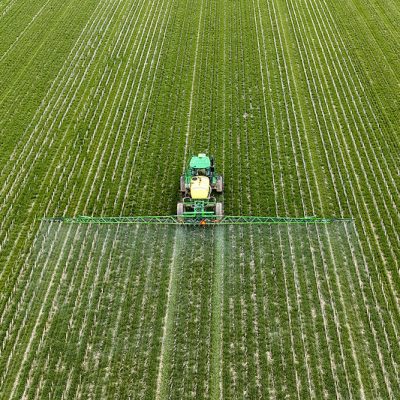
In response to shifting weather patterns and more severe extreme weather events, the U.S. Department of Agriculture (USDA) is stepping up its efforts to help American producers fight climate change.
Read more
In mid-October, the U.S. Sustainability Alliance (USSA) hosted three European Union (EU) officials for a Climate Smart Agriculture mission to the United States. The mission aimed to enhance understanding of U.S. conservation programs and highlight U.S. leadership in agricultural sustainability.
Read more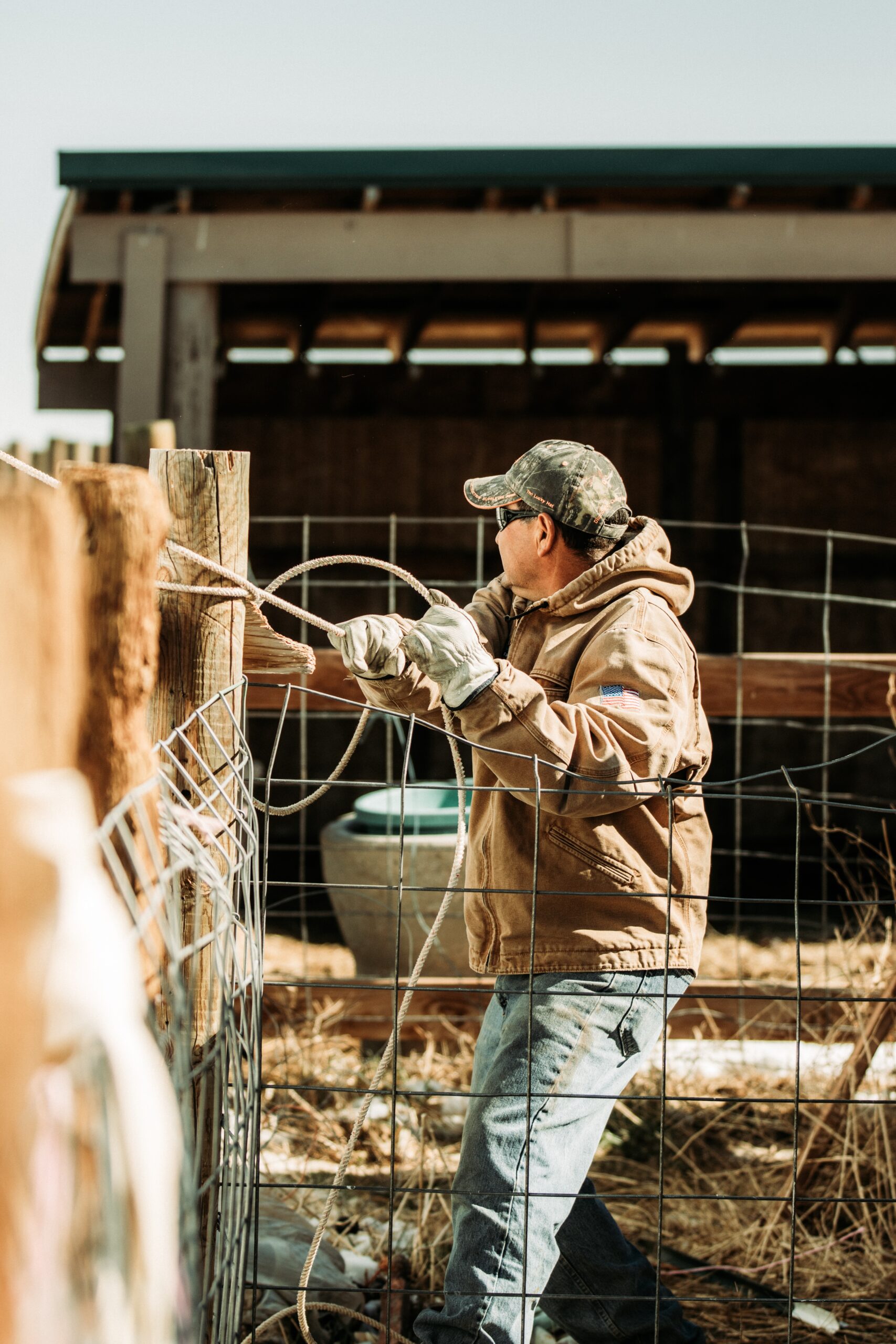
Whilst the USSA members work to exceed regulatory requirement, U.S. laws and regulations provide a robust framework, developed over many years, to ensure and promote the sustainability of its crop, livestock, seafood and forestry sectors. The policies look to immediate impacts on the environment and beyond to cover topics from employment to biodiversity to endangered species. The following pages provide context and an introduction to key federal legislation.
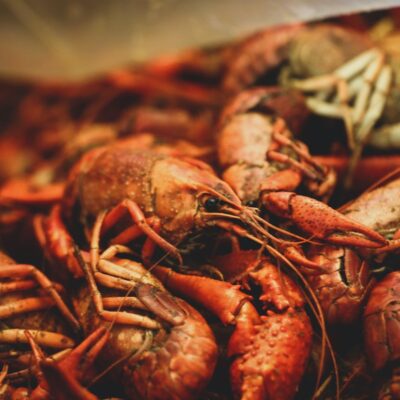
Focused on conservation and environmental stewardship, the USDA, working with The Natural Resources Conservation Service on technical assessment and the Farm Service Agency for enforcements, uses grant management to deliver best practice. A particular focus is on erodible lands and wetlands, with ‘sodbuster’ and ‘swampbuster’ rules, requires presentation of conservation strategies prior to conversion of lands to agricultural use. One result, that soil loss has been halved since 1982.
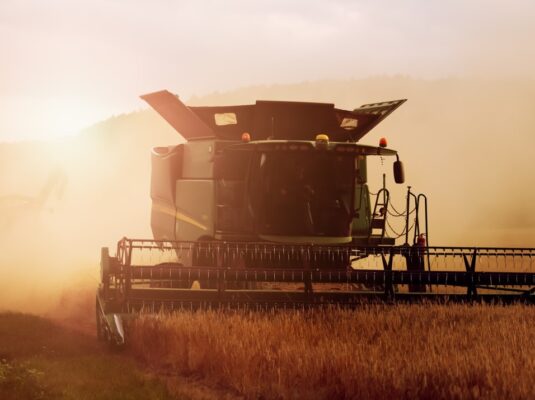
The U.S. recognizes that sustainability has many facets and action is required in explicit areas. This has resulted in the enactment of a wide range of laws from the Clean Water Act and Clean Air Act to the Endangered Species Act, to research and regulatory action on Insecticides and Fungicides and Rodenticide Act; and, with the Lacey Act a focus on illegal trafficking of plants, fish and animals.
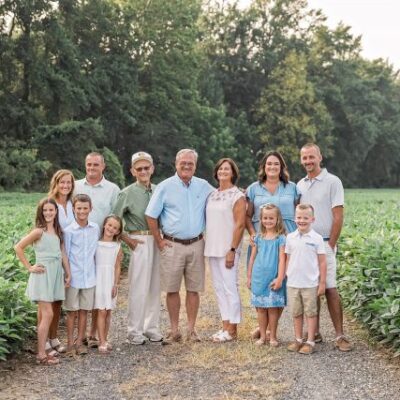
In the latest episode of This is U.S. Sustainability, we hear from two multi-generational farmers – an eleventh-generation grains farmer from Maryland and the owner of a centennial cattle farm in Louisiana – about how they have moved with the times while staying true to their roots. We cover rotational grazing, no-till cultivation, water conservation, biotech seeds, and more. And we discuss why going back to the natural cycle is sometimes the best approach.
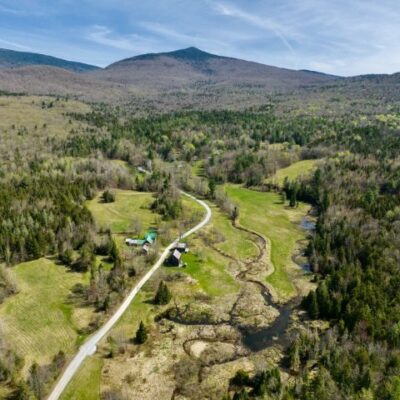
Tune in to the latest episode of This is U.S. Sustainability to hear how Paul Catanzaro and Professor Tony D’Amato work together to reach family forest owners and ensure they have the information and resources to make the right decisions about their land. And learn about the vital role Tim Stout, a Vermont landowner, plays in amplifying their message.

Tune in for the lowdown on the innovative, often surprising ways the almond industry and the wider food sector are reducing waste. Jet fuel, beer, water filters and peat moss to grow mushrooms – these are just some of the many applications in use and under development.
Hear directly from noted seafood chef and author Barton Seaver about the sustainability of the American lobster industry.
Watch nowThe new Rewind documentary series from Real Leather Stay Different. aims to provide some balance in the debate about the use of our land, fast fashion and our future.
Watch nowThis video highlights the emphasis on sustainability by the U.S. beef industry. Watch this story of beef farmers’ and ranchers’ multi-generational commitment to the environment with buyers and consumers around the world.
Watch nowBefore you leave, please consider taking our survey.
We want to find out how you think the U.S. is performing in terms of sustainability, what you’re interested in finding out more about, and where you think we should focus our resources.
Your views will help shape the future and ensure we deliver key insights on the most important issues to our site visitors.
Take our survey